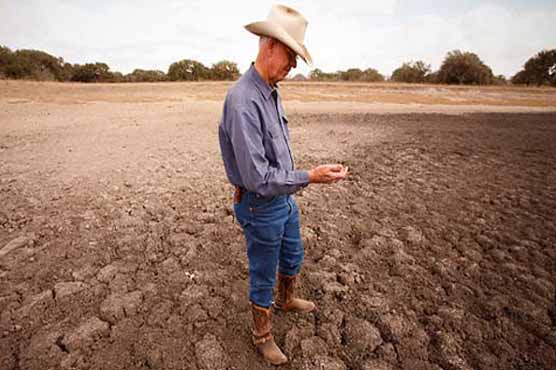No letup in US drought

There is no end in sight to a vast hot spell causing the worst US drought in 25 years.

There is no end in sight to a vast hot spell causing the worst US drought in 25 years.